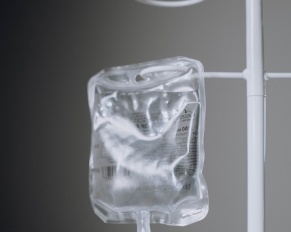Massage therapy, an age-old practice revered for its healing touch, has transcended time to become a pivotal element in contemporary…


Massage therapy, an age-old practice revered for its healing touch, has transcended time to become a pivotal element in contemporary…

Intravenous (IV) therapy is a medical treatment used in hospitals throughout the United States. In fact, 4 out of 5 hospital patients wind up receiving an IV, making it one of the more common procedures administered in clinical settings. Essentially, IV therapy is the delivery of fluids, blood, or medication directly into a patient’s system via the veins.
The main benefit of this treatment is its capability to deliver drugs and/or fluids into a patient’s bloodstream quickly and effectively. Your body can absorb 100% of the vitamins taken this way as opposed to approximately 20% of the amount taken orally because of the digestive tract. Nevertheless, sticking needles into people’s veins still generates lots of questions. For this reason, we have included some of the most common questions people ask about IV therapy below.

The FDA, or Food and Drug Administration, is an agency inside the U.S. Department of Health and Human Services. It makes up the office of the Commissioner and the four directorates oversee the core functions of the agency. From medical products and tobacco, to food and veterinary medicine, it helps to regulate operations for many industries in America.
The Federal Drug Administration is responsible for many things. First is being the regulator of tobacco. Beyond that, the FDA aids the protection of public health by making compliance regulations for the medical field, food service industry, and many more important parts of everyday life for American citizens.